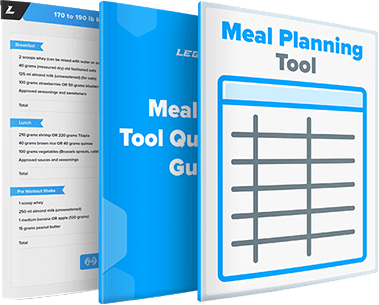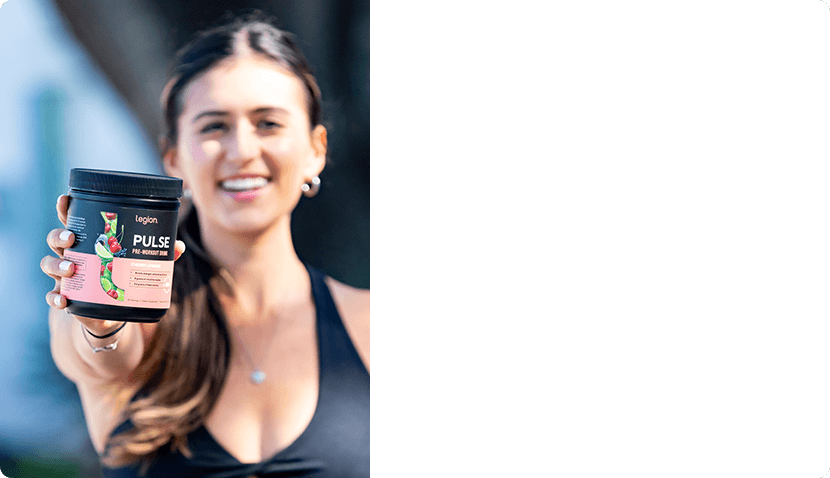Here are the foods to be avoided on a “true” Paleo diet:
- Grains
- Legumes (beans, peas, lentils)
- Seeds
- Nightshades (tomatoes, regular potatoes, eggplant, goji berries, and peppers)
- Sugar
- Dairy
- Additives and all processed foods
And you’re generally told to eat more of these:
- Meat
- Seafood
- Lots of plants (fruits, vegetables, greens)
- Nuts on occasion
Modern versions of the Paleo diet have added in eggs, some natural sugars like honey, and some seeds to the current Paleo style of eating, but many people who adhere to a true Paleo diet avoid these because they weren’t easy to actually find, prepare, and eat so many years ago during the Paleolithic period.
- What All of This Means
- Is the Paleo Diet Right for You?
Table of Contents
+What All of This Means
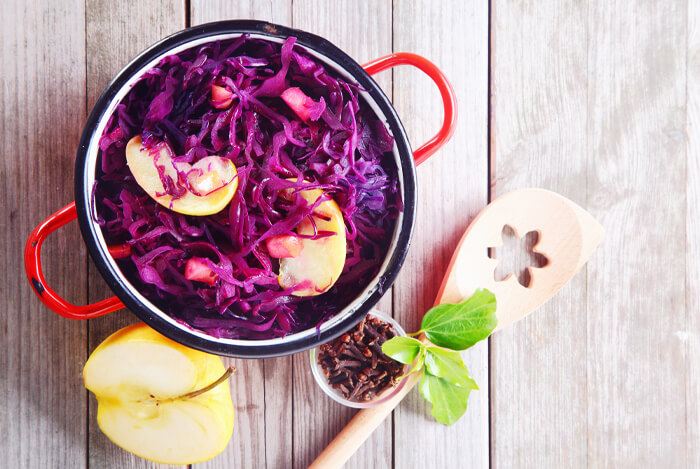
The Paleo diet is based off of the premises that if you can’t find it in nature and prepare it yourself, it wasn’t made for human consumption.
However, we also wouldn’t be eating mostly meat, but would be eating off of the land where most plants are found.
Meat and fish would be eaten on occasion, but we certainly wouldn’t be eating any dairy products or milking cows to get our calcium.
Is the Paleo Diet Right for You?

Before you jump into the Paleo diet, though, consider if it’s really necessary.
Whole grains have many documented, well-researched benefits and may not be a food you necessarily have to avoid.
If you’re not one to enjoy eating animal-rich foods, the Paleo diet is likely not for you either.
1. Fill up on Plants
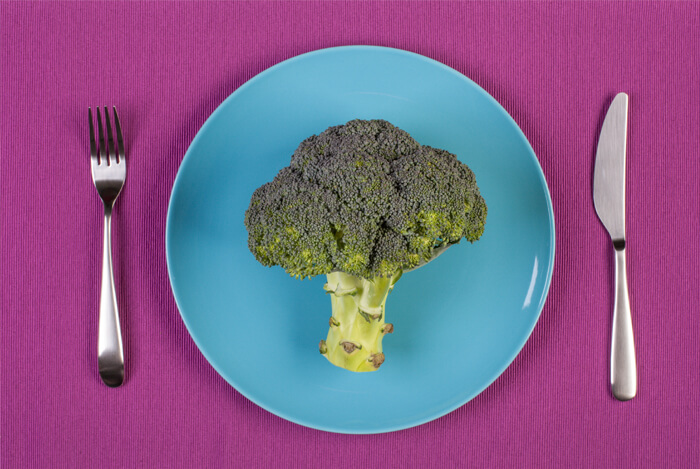
So eat plenty of fruits, vegetables, herbs, and greens.
Season your foods with herbs like basil and mint instead of processed condiments.
Plant-based foods provide fiber, vitamins, minerals, and antioxidants you will not get from other foods.
2. Explore the Option of Seeds
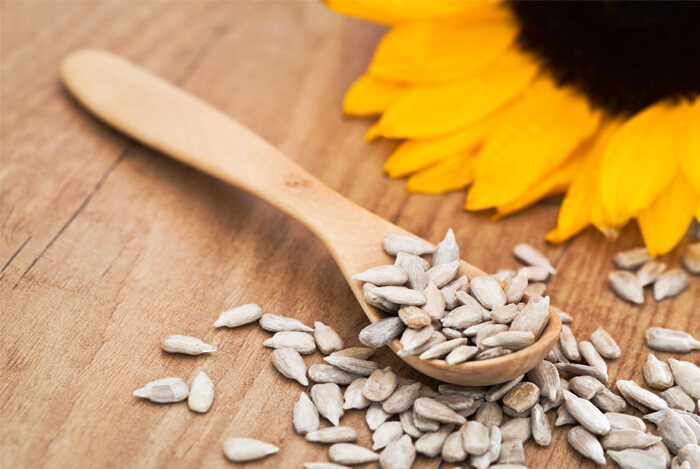
Seeds can provide a substantial amount of plant-based protein if you’re not crazy about eating meat.
Explore your options with this and see how they work for you. Start with safe options such as ground flax seeds which is full of omega-3 fatty acids, and then explore the options of seeds like chia and sunflower seeds.
3. Add Meat in as a Side and Opt for Fish
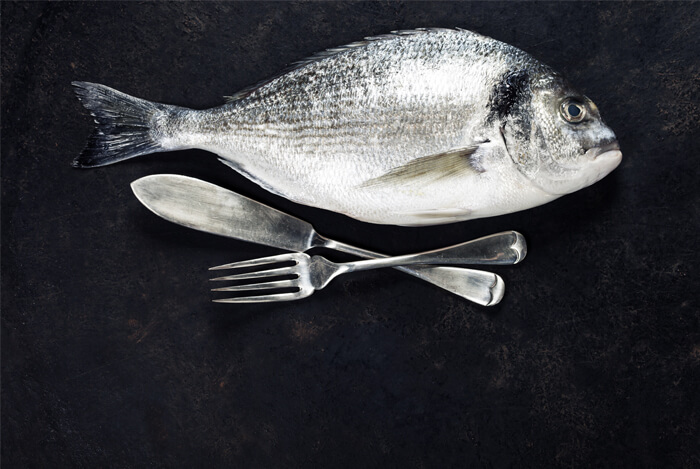
Meat (or fish) should be served in 3-4 ounce portions. Meat was thought of as more of a accessory, not the main course of the meal.
4. Limit Added Sugars
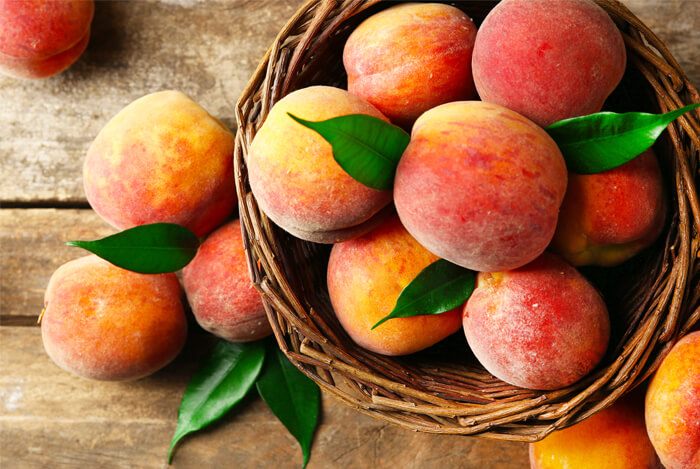
Traditional Paleo cookbooks do not include several Paleo desserts rich in honey, maple syrup, coconut sugar, or other modernized forms of Paleo sugars that are in most cookbooks today.
It’s important to stick to simple foods if you’re choosing to eat a grain-free diet, so opt for fruit as your sweetener, or go with a pure, liquid stevia which is made from the stevia leaf herb.
5. Opt for Coconut, Nuts, and Olives for Your Healthy Fats
Coconut, nuts, and olives are three amazing sources of healthy fats and are Paleo-approved.
Choose raw coconut butter, raw nut butter, raw coconut meat, coconut, raw nuts and seeds, and whole olives for the most benefits.
Along with these 5 tips, be sure you’re also open to changes when you explore a grain-free, Paleo style diet. Remember that the Paleo diet isn’t for everyone, so if you don’t find it makes you feel as great as you hoped, don’t be afraid to try something different.
If you’re looking for a diet that will keep you as healthy as possible, make it easier to stay lean, and perform at your best, the Paleo diet isn’t necessarily the best option. Instead, consider learning more about flexible dieting.

